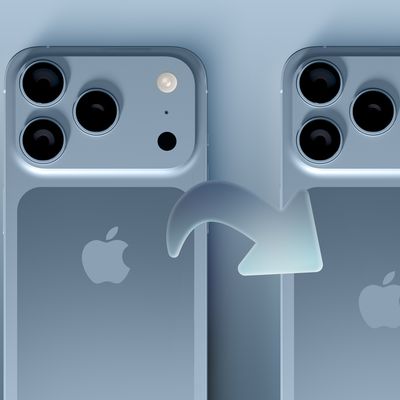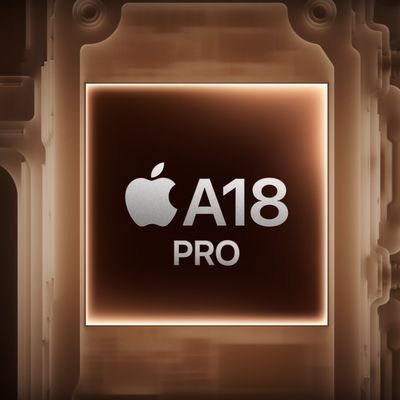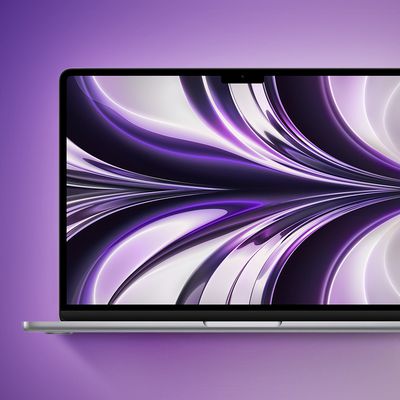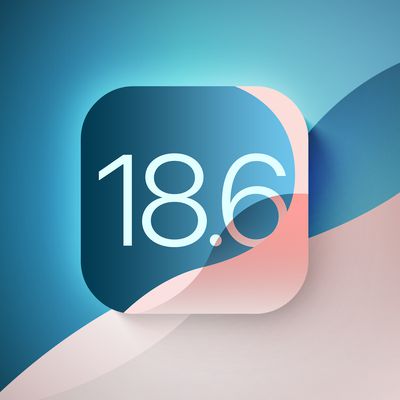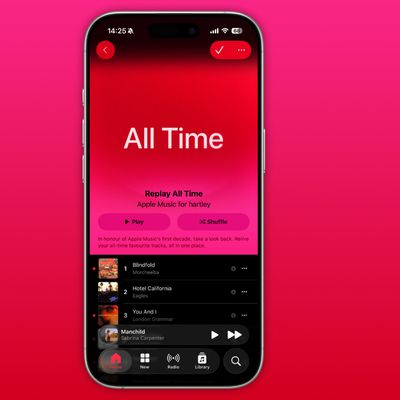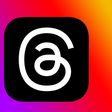Apple Responds to Criticism Over iPhone's 'Parts Pairing' Process
Apple today announced that customers and independent repair shops will be able to repair select iPhones with used genuine Apple parts starting later this year. Alongside the announcement, Apple's hardware engineering chief John Ternus spoke with TechCrunch about the iPhone's controversial "parts pairing" process.
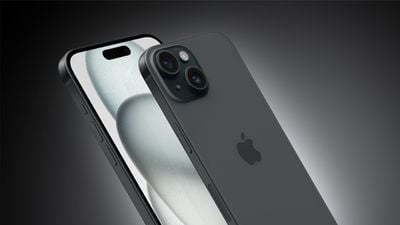
Repair website iFixit criticized Apple's parts pairing process last year, and Oregon recently passed a law that would ban Apple from using a "parts pairing" process in the state for devices manufactured after January 1, 2025.
Ternus argued that iPhones still work with most third-party parts:
"'Parts pairing' is used a lot outside and has this negative connotation," Apple senior vice president of hardware engineering, John Ternus, tells TechCrunch. "I think it's led people to believe that we somehow block third-party parts from working, which we don't. The way we look at it is, we need to know what part is in the device, for a few reasons. One, we need to authenticate that it's a real Apple biometric device and that it hasn't been spoofed or something like that. … Calibration is the other one."
One exception is third-party parts related to Face ID and Touch ID, which do not work in iPhones for security reasons, according to Ternus:
"You think about Touch ID and Face ID and the criticality of their security because of how much of our information is on our phones," says Ternus. "Our entire life is on our phones. We have no way of validating the performance of any third-party biometrics. That's an area where we don't enable the use of third-party modules for the key security functions. But in all other aspects, we do."
Apple does alert customers if an iPhone part is not genuine. If an iPhone has been repaired, a "Parts and Service History" section appears in the Settings app under General → About, and it shows if non-genuine Apple parts have been installed.
Ternus said this transparency surrounding repairs is important:
"We have hundreds of millions of iPhones in use that are second- or third-hand devices," he explains. "They're a great way for people to get into the iPhone experience at a lower price point. We think it's important for them to have the transparency of: was a repair done on this device? What part was used? That sort of thing."
Apple says it will be expanding the "Parts and Service History" section to show whether a used part is a genuine Apple part later this year. For more details about used parts being allowed for repairs, read our earlier coverage.
Popular Stories
Apple's next-generation iPhone 17 Pro and iPhone 17 Pro Max are less than three months away, and there are plenty of rumors about the devices.
Apple is expected to launch the iPhone 17, iPhone 17 Air, iPhone 17 Pro, and iPhone 17 Pro Max in September this year.
Below, we recap key changes rumored for the iPhone 17 Pro models:Aluminum frame: iPhone 17 Pro models are rumored to have an...
Apple is developing a MacBook with the A18 Pro chip, according to findings in backend code uncovered by MacRumors.
Earlier today, Apple analyst Ming-Chi Kuo reported that Apple is planning to launch a low-cost MacBook powered by an iPhone chip. The machine is expected to feature a 13-inch display, the A18 Pro chip, and color options that include silver, blue, pink, and yellow.
MacRumors...
The upcoming iPhone 17 Pro and iPhone 17 Pro Max are rumored to have a slightly different MagSafe magnet layout compared to existing iPhone models, and a leaked photo has offered a closer look at the supposed new design.
The leaker Majin Bu today shared a photo of alleged MagSafe magnet arrays for third-party iPhone 17 Pro cases. On existing iPhone models with MagSafe, the magnets form a...
The long wait for an Apple Watch Ultra 3 appears to be nearly over, and it is rumored to feature both satellite connectivity and 5G support.
Apple Watch Ultra's existing Night Mode
In his latest Power On newsletter, Bloomberg's Mark Gurman said that the Apple Watch Ultra 3 is on track to launch this year with "significant" new features, including satellite connectivity, which would let you...
Apple is planning to launch a low-cost MacBook powered by an iPhone chip, according to Apple analyst Ming-Chi Kuo.
In an article published on X, Kuo explained that the device will feature a 13-inch display and the A18 Pro chip, making it the first Mac powered by an iPhone chip. The A18 Pro chip debuted in the iPhone 16 Pro last year. To date, all Apple silicon Macs have contained M-series...
Apple today seeded the second betas of upcoming iOS 18.6 and iPadOS 18.6 updates to public beta testers, with the betas coming just a day after Apple provided the betas to developers. Apple has also released a second beta of macOS Sequoia 15.6.
Testers who have signed up for beta updates through Apple's beta site can download iOS 18.6 and iPadOS 18.6 from the Settings app on a compatible...
iOS 26 and iPadOS 26 add a smaller yet useful Wi-Fi feature to iPhones and iPads.
As spotted by Creative Strategies analyst Max Weinbach, sign-in details for captive Wi-Fi networks are now synced across iPhones and iPads running iOS 26 and iPadOS 26. For example, while Weinbach was staying at a Hilton hotel, his iPhone prompted him to fill in Wi-Fi details from his iPad that was already...
Apple hasn't updated the AirPods Pro since 2022, and the earbuds are due for a refresh. We're counting on a new model this year, and we've seen several hints of new AirPods tucked away in Apple's code. Rumors suggest that Apple has some exciting new features planned that will make it worthwhile to upgrade to the latest model.
Subscribe to the MacRumors YouTube channel for more videos.
Heal...
As part of its 10-year celebrations of Apple Music, Apple today released an all-new personalized playlist that collates your entire listening history.
The playlist, called "Replay All Time," expands on Apple Music's existing Replay features. Previously, users could only see their top songs for each individual calendar year that they've been subscribed to Apple Music, but now, Replay All...



